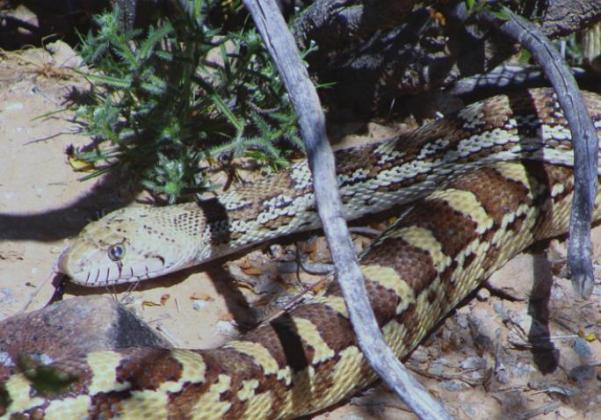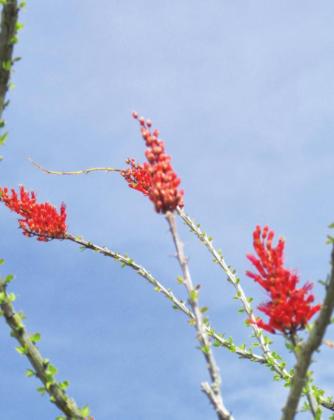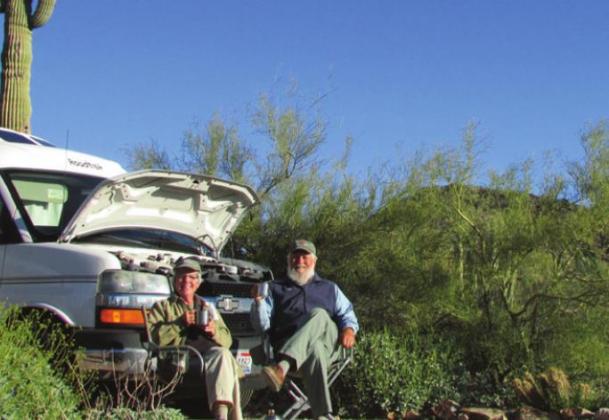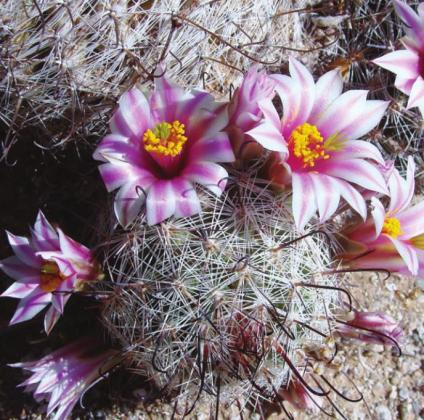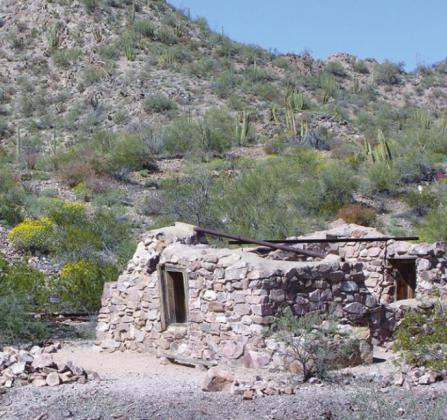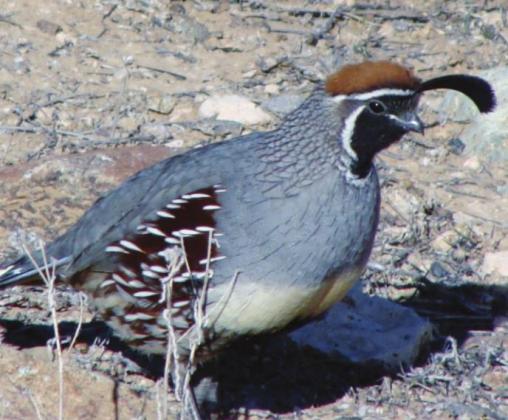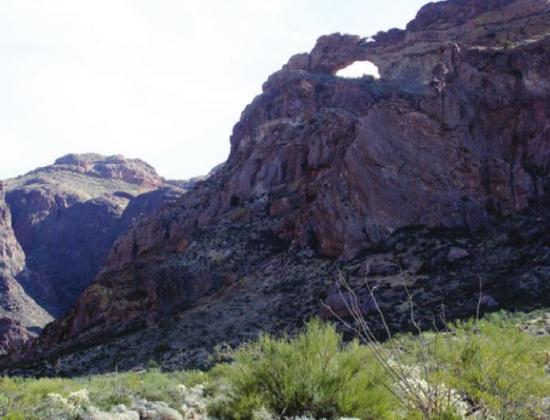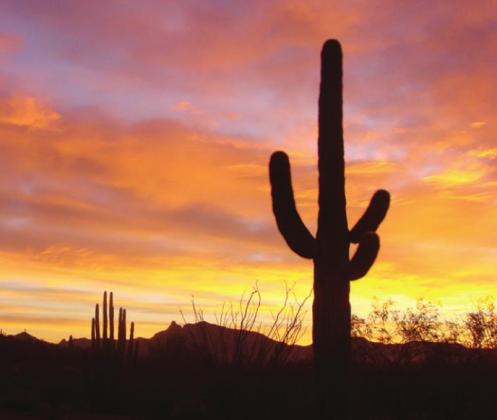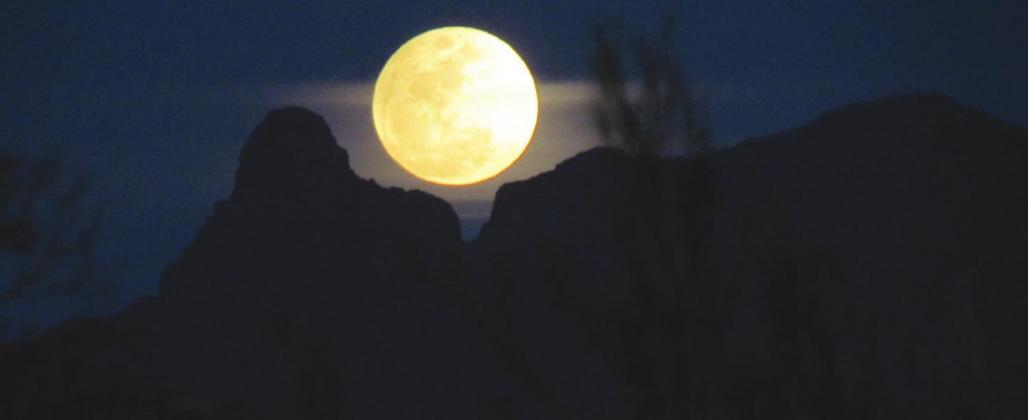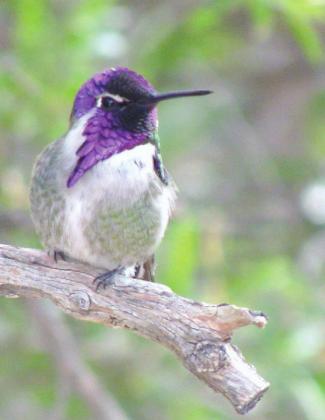WHEN WE WERE MUCH YOUNGER, Shirley and I took the girls on summer vacation, usually to national parks. Yes, I know. What a strange concept. But you undoubtedly have your own ideas about the best way to spend your vacation. We may not all agree on what to do, but most of us look forward to the time off. Recharge the batteries. Do some self evaluation, and resolve to do better when we return to work. Well, okay, nobody does that.
With that said, Shirley’s parents could not understand how we had either the time or the money to waste on vacations. Their thoroughly Teutonic heritage taught work as a virtue and relaxation as the first giant step on the steep, downhill road to degradation. “Vacation” for them was a two-fer. There was an infinite supply of chores around the house and the company paid you to stay home and do them. Woohoo! Her father asked in all innocence, “What do you do, just wander around in the woods all day?” Well, yes, I suppose you could look at it that way. We call it hiking.
Even today there are people who vaguely understand that we are camping RVers but have no idea what we do all day. Based on their comments, some apparently believe that camping is a form of medieval self-flagellation they describe as “roughing it.” On the one hand, it is dirty and crude and dangerous because of bears and snakes and whatnot. Despite all that potential danger, camping must also be incredibly dull. Nothing to do but sit around feeding logs to the fire. Maybe roast some hot dogs on sticks or make s’mores. Sing Kumbaya. Oh, the joy!
Just because you are burning up with curiosity, here is a composite picture of what we do all day. This being winter, we are at Organ Pipe Cactus National Monument in Arizona, right on the Mexican border.
Our day starts at sunrise. Actually a little before. Shirley puts her right elbow in my left ear and says, “Are you awake yet? You gotta see this.” All of our favorite campsites at Organ Pipe face south, so her side of the bed is to the east. I quickly throw on some clothes and grab my camera. Sunrise in Arizona is truly a miraculous event as the sky changes from deep purple velvet to vivid yellow, orange, and red in rapid succession. A delay of two minutes can mean missing the climax of the drama. Sunrise is one of those things that costs so little but means so much. Thank you, Lord, for the gift of this day! There are always a few other campers with cameras or dogs on leashes stumbling around in the still-gray campground. Lots of bed hair, but we can brush later. Most of us do, anyway.
Meanwhile, Shirley has the coffee perking on the RV stove. (Notice that she is not the one who goes out to see the sunrise I don’t want to miss.) When I return, I set up the Coleman stove on the picnic table. We could cook inside on the RV stove, but “eating out” is one of the things that makes camping just an extended picnic. Is this an omelet day? Maybe hash browns with bacon bits and melted cheese? Or biscuits with sausage gravy? Lemon-poppy seed muffins? Does Shirley want her eggs scrambled or over easy? Pancakes? French toast made with cinnamon bread or sourdough? What kind of juice today? An orange or a banana? She is so hard to please.
After we finish whatever it is, we take the coffee pot around to the “front porch” (i.e., the sunny side of the RV) to discuss the agenda for the day. Often we start with the Perimeter Trail around the campground. It is only a mile, but it takes longer than you might think because Shirley monitors the progress of buds on the various cacti and desert wildflowers. She knows where the phainopeplas and curve-billed thrashers are nesting and which saguaros the Gila woodpeckers are drilling into. We stop at the entrance station to say good morning to Francisco and then at the book exchange to see if there is anything new and interesting. There might be a Robert B. Parker novel I haven’t read (not likely), or Shirley could find one of those mysteries that are solved by a prescient cat or an insightful nun.
Or, after breakfast, we might choose to take the five-mile Victoria Mine Trail through numerous arroyos and dry washes and a saguaro forest to the long-abandoned site on the side of a ridge. Might take the Desert View Trail that climbs another ridge, runs along the crest, and then loops back. From the ridge, the Mexican town of Sonoyta is clearly visible six miles away.
Jackie may wander by to ask if we are interested in hiking back into Alamo Canyon to the site of a long-abandoned ranch. The remains of a brick building, cattle pens, and an old cistern are still there. The trail follows a dry streambed and is bordered by desert wildflowers and cacti twisted into interesting shapes. The canyon walls come closer together the farther in we go.
Perhaps we have registered for the Ajo Mountain Tour in a park SUV. (We took the RV just once, but the road threatened to vibrate everything loose—including the cap on an upper left molar.) Though we have taken the tour a half dozen times, it is always new because the guides all have different kinds of expertise—geologist, botanist, ornithologist, artist, cultural anthropologist. They point out things we would not otherwise have noticed even with the park guidebook. At Arch Canyon, there is a natural archway up on the canyon rim. Wait. There are actually two arches if you squint. At Bull Pasture, you may be able to distinguish the profile of the bull’s head that gives the place its name. Or pretend you see it anyway just to please the guide. More squinting required.
Back in camp for lunch. Often this is just a cup of yogurt sprinkled with granola because, after all, we had a nice breakfast and cocktail hour is not far away. Meanwhile, I walk down to the camp showers to see if the water is hot. Or at least tepid. The showers are solar heated. When they were new, some wag in the National Park Service posted signs cautioning against scalding temperatures. Park management had some valves twisted to remedy that possibility, probably at the insistence of attorneys, so now the showers range from barely warm all the way up to barely warm. A string of earlier shower takers may have depleted all of the barely warm. Shirley waits until I report back. If the group campsite at the edge of the campground is unoccupied, we may use the showers there to improve the odds of getting warm water.
In the absence of that, we may put off the showers until the system is recharged by the afternoon sun. Meanwhile, there is time for a nice mile-and-a-half walk down to the visitor center for a ranger presentation. Ranger talks at Organ Pipe tend to be entertaining because the presenters are often young, inexperienced, and from parts of the country where there are no Gila monsters. They may have studied assiduously, but odds are their knowledge of the park is still entirely academic and theoretical. All the geezers in the audience know more about their subject than they do, but most of us try to listen politely and not snicker too much. It is always gratifying to observe the enthusiasm with which they approach their task. Young rangers rarely return to Organ Pipe for a second season because there is a grand total of zero social life within 120 miles. Unless you are some weirdo who enjoys hanging out with geezers.
By the time we walk back to camp, it is time for a libation. By pure coincidence, our camp hosts and friends Vicki and Jeff just happen to wander by. Jeff is particularly fond of little red cherry peppers stuffed with herbed cheese, so Shirley always brings four or five jars with us. His favorite beverage is bourbon, so I always bring four or five bottles. Jeff is a jarhead, so he can handle it. I thank him for his service by pouring another. Vicki is usually happy with a box or two of whatever wine Shirley has on hand. She is not at all fussy.
There is a good chance that Julia will ride by on her genuine Pee-wee Herman Green & Cream Columbia 5 Star bicycle. She always stops to chat but has never availed herself of our hospitality. Also possible that Sue and Jim may show up. (He hand-turned the wooden barrel of the pen I use to write my travel journal.) Typically, they don’t stay either, except to comment on the beverages. Can’t tell if they are hinting or, perhaps, disapproving. They are from Maine where “No, thank you” sometimes means “Ask us three or four more times and maybe we’ll accept.”
The conversation with Vicki and Jeff inevitably turns to a trip across the border for dinner at a “very nice restaurant” in Sonoyta. We have never had the nerve to tell them that there are at least a dozen Mexican restaurants in Toledo that are way better than any in Sonoyta. Way better. So we’ll end up going to Sonoyta yet again rather than offend them.
We may feel obligated to go to Sonoyta once each winter, but our usual supper is made in camp. There are numerous options: a ribeye in the cast-iron skillet, salmon filets, pork chops, lamb chops, shrimp with grits or angel hair pasta, lemon-pepper chicken thighs, or a Cornish game hen. When I am feeling ambitious and think of it soon enough, I give a rack of baby backs a slow roast in the Cobb grill. Another favorite is pork tenderloin wrapped in Prosciutto and served with a cabernet-fig reduction sauce. This is way easier than it sounds and, because I make two, has the advantage of leftovers for some future supper.
By the time we wash the dishes, the sky in the west is turning all rosy and yellow and pink. Even after sunset, the sky does not disappoint. If there is no moon, there is the Milky Way or at least Mars, Jupiter, and Saturn. We win either way, but a full moon rising right through the notch of Mt. Ajo can be simply priceless.
Just at dusk is also when Bob the resident bobcat makes his tour of the campground with an entourage of campers. Owners of little dust-mop dogs are well advised to take them inside. Then the coyotes begin their serenade. Yep, life roughing it in the desert is just one disappointment after another.
Shirley and I may choose to spend a little more time outside, sipping a little postprandial wine. Unless we attend the evening ranger talk. Have we heard this one more than once? Of course we have. So the wine wins. Later, in the distance we can hear the appreciative reaction of the audience at the conclusion of Danielle’s presentation about tarantulas. Time to go in. The desert cools down more quickly than you would believe.
Now, don’t get all bent out of shape because of the obvious violation of several hundred COVID rules. This account represents what we do in a normal year. We pray there is another normal year sometime this decade. In 2021, the number of campsites at Organ Pipe has been restricted to promote distancing. Half the rest rooms have been closed, but we don’t understand the benefit of forcing everyone into fewer places. And we need not worry about the water temperature in the showers because they are all closed. Ranger talks and tours canceled. Other than that, everything is pretty much as it has always been.
Please do not think that any of this is a complaint. Even with the restrictions, we are still in sunny, warm Arizona. The curve-billed thrashers are still singing, the hummingbirds are still humming, and several kinds of cacti have blossoms. Compared to cranking up the snowblower at home, this is still just a walk in the park.
LeMoyne Mercer is the travel editor for Healthy Living News. There is limited space here for LeMoyne’s photos. You might want to see more at anotherwalkinthepark.blogspot.com. Please leave comments on the site.

